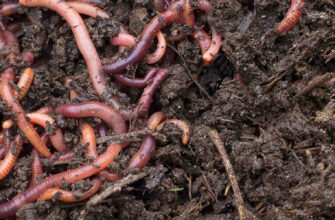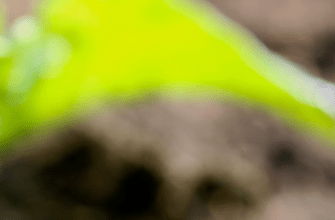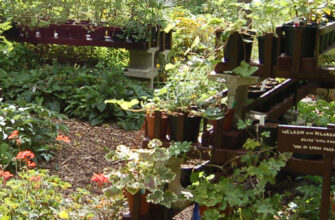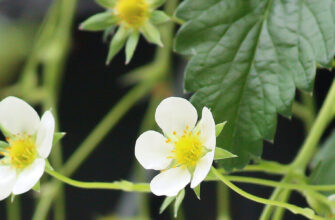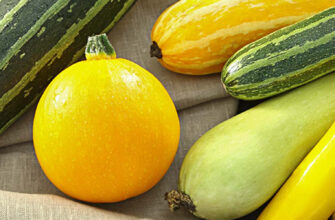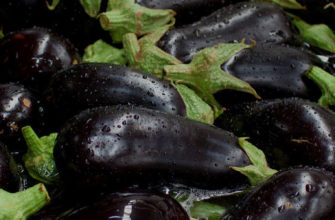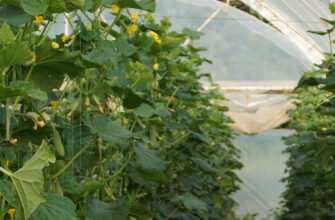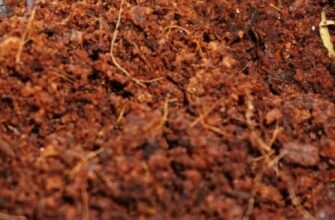Tomato seedlings are a critical stage in growing this popular crop, but their growth can be hindered by various factors: temperature, nutrition, lighting, watering, soil acidity, diseases, and pests. This article thoroughly examines the causes of these issues, methods to address them, and provides recommendations for care, prevention, culinary uses of tomatoes, and interesting facts about this crop. We also consider potential allergic reactions and verify the compliance of mentioned products with EU regulations.
Causes of Poor Tomato Seedling Growth
1. Temperature
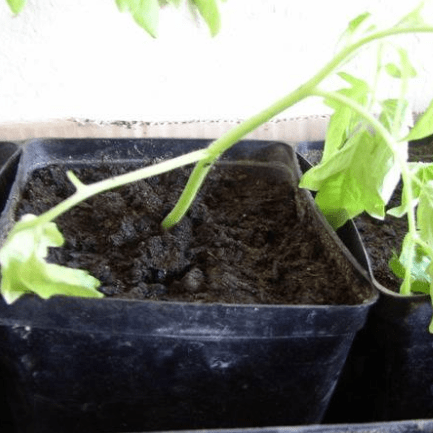
Failure to maintain the proper temperature regime is one of the most common causes of seedling issues. Both low and high temperatures negatively impact growth.
Low Temperature
- Symptoms: Seeds germinate slowly (up to 4 weeks) or fail to germinate. Weak root system and overall stunted seedlings.
- Solution: Maintain optimal temperatures: +22 to +26°C for seed germination, +13 to +15°C for the first 5–7 days after sprouting, and +18 to +22°C after the 10th day. In cloudy weather, use grow lights to compensate for lower temperatures.
High Temperature
- Symptoms: Seedlings stretch upward, stems become thin, and heat burns appear. Excessive heat can lead to plant death.
- Solution: Avoid overheating by keeping temperatures below +26°C for seeds and +22°C for seedlings. In hot weather, ensure ventilation or use 40% shading nets for greenhouses during summer.
2. Nutrition
A deficiency or excess of nutrients affects the appearance and health of seedlings. Below are the main symptoms and recommendations.
Nutrient Deficiency
- Iron: Light yellow spots appear on leaf veins, spreading further without leaf death. Stop supplemental lighting and apply iron chelate.
- Nitrogen: Leaves yellow, starting from the edges, and stems thin out. Apply nitrogen fertilizers (e.g., urea solution, 10 g per 10 L of water).
- Phosphorus: Leaves turn purple, lower leaves become woody, and roots weaken, often due to cold soil or alkaline conditions. Use phosphorus fertilizers (e.g., superphosphate, 20 g per 10 L of water).
- Zinc: Leaves curl, with light chlorotic spots. This is often caused by excess phosphorus. Apply zinc chelate.
- Magnesium: Leaves become brittle and wrinkled with bronze spots, often due to excess calcium. Apply magnesium sulfate.
- Potassium: Leaves turn bronze or brownish-yellow and dehydrate quickly. Apply potassium fertilizers (e.g., potassium nitrate, 15 g per 10 L of water).
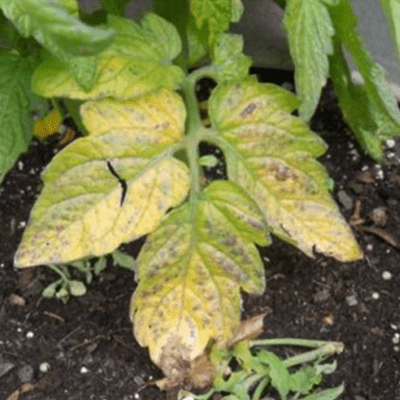
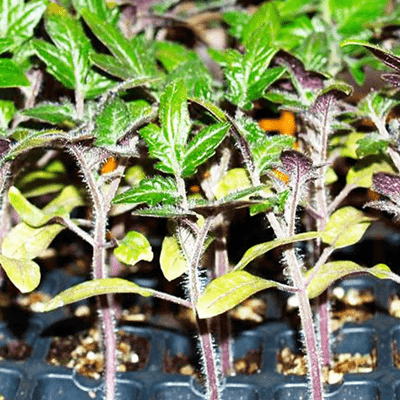
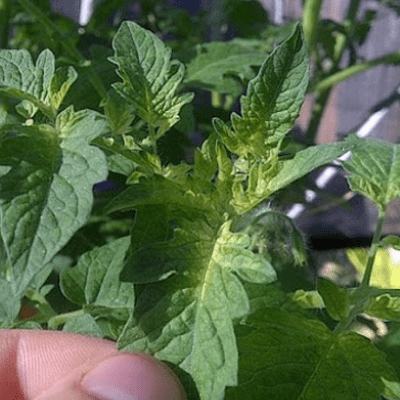
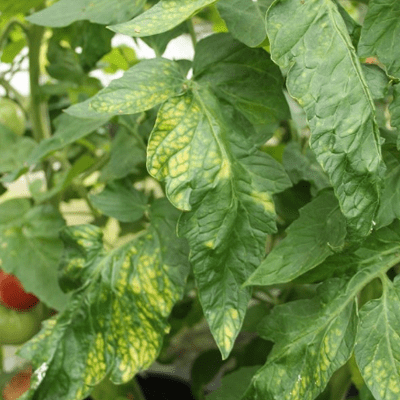
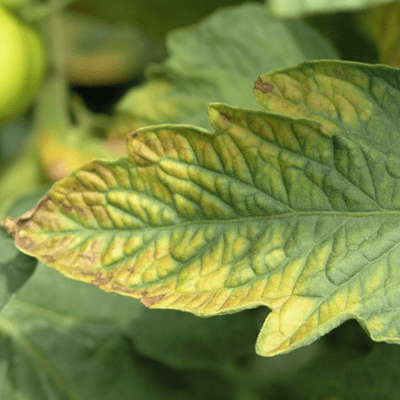
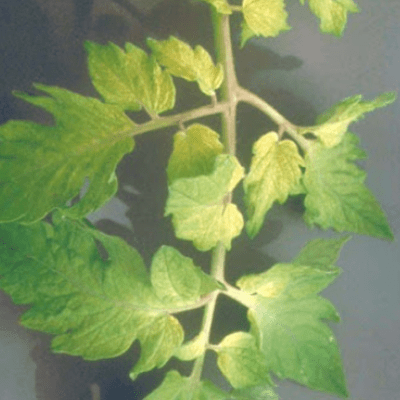
Nutrient Excess
- Chlorine: Burns occur even from small amounts (e.g., in chlorinated water). Use settled or filtered water.
- Ammonium Nitrogen: Burns appear on leaf tips, spreading across the leaf. Increase watering by 10%, ventilate the area, and monitor humidity.
- Salts (Fertilizers): Chlorotic spots appear, and leaves curl upward. Flush the soil with low-mineralized water.
- Sodium Salts: Uneven coloration, with leaves dying from the edges. Flush the soil and use salt-free fertilizers.
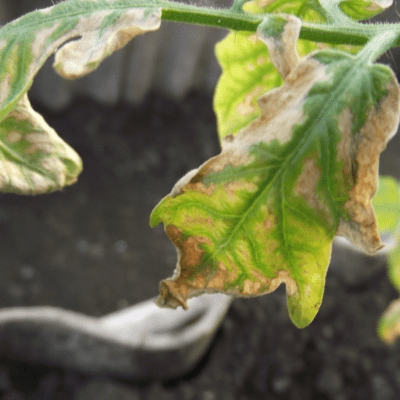
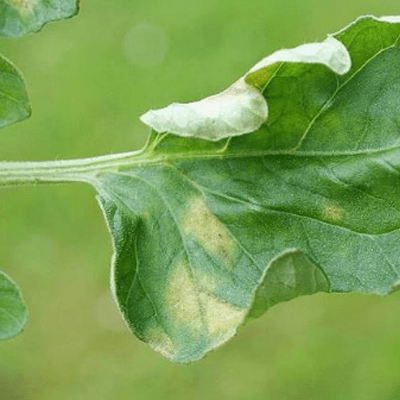
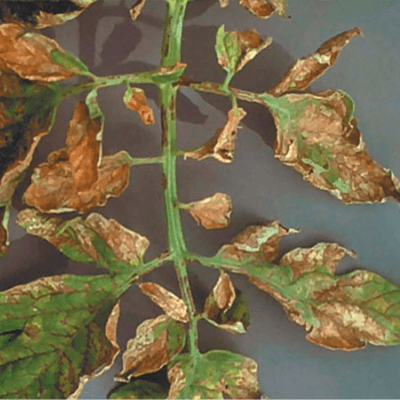
3. Lighting
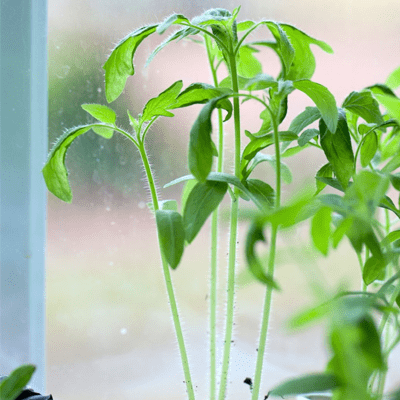
Tomatoes are light-loving plants, and improper lighting affects their growth.
Insufficient Light
- Symptoms: Seedlings stretch, leaves become brittle and pale.
- Solution: In cloudy weather or short daylight hours (less than 12 hours), use grow lights for 8–10 hours daily. If seedlings have stretched, lower the temperature to +12 to +14°C, reduce watering, and ventilate.
Excess Light
- Symptoms: Leaves fade, lose vibrancy, and develop brown or gray burn spots, especially with sodium lamps. Mature seedlings (45–60 days) may bloom prematurely and drop flowers.
- Solution: Turn off lights at night, ensuring 6–8 hours of darkness. Use LED or fluorescent lamps instead of sodium ones to reduce burn risk.
4. Watering
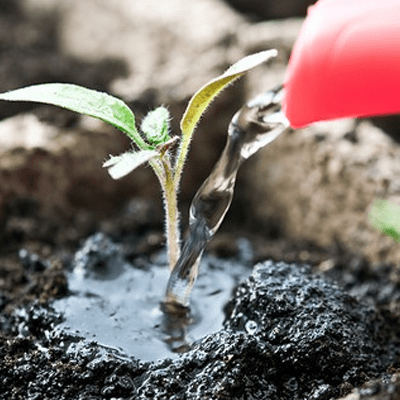
Improper watering is a common cause of seedling issues.
Excess Water
Symptoms: Seedlings wilt due to oxygen deficiency, roots rot, and fungal disease risk increases.
Solution: Water moderately, checking soil moisture (it should feel slightly damp). Water minimally in the first week after sprouting, then every 2–3 days.
Insufficient Water
Symptoms: Seedlings become dry and thin, roots weaken, and plants die from dehydration.
Solution: Prevent soil from drying out but avoid waterlogging. Use settled, room-temperature water.
5. Soil Acidity
Incorrect soil acidity can halt seedling growth.
- Symptoms: In overly acidic soil (pH < 5.5), roots poorly absorb nutrients, and plants weaken. Alkaline soil (pH > 6.5) causes phosphorus and micronutrient deficiencies.
- Causes: Acidic soil results from applying phosphoric acid, ammonium carbonate, or certain water-soluble fertilizers (e.g., Master 18-18-18, Pekacid, MAP with pH < 3.5). Lime causes alkaline soil.
- Solution: The optimal pH for tomatoes is 5.5–6.5. Test soil acidity before planting (using a pH meter or test strips). If unsuitable, transplant seedlings into new substrate or neutralize: for acidic soil, add lime flour (50 g per 1 m²); for alkaline soil, add peat or sulfur.
6. Diseases
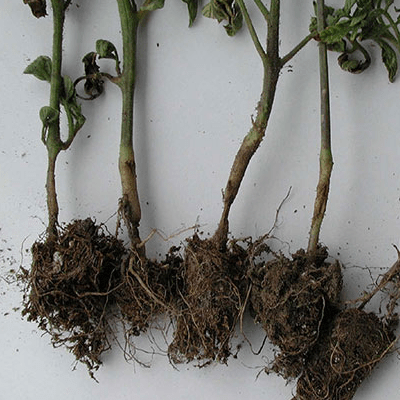
Diseases significantly suppress seedling development. Common ones include black leg, fusarium, rhizoctonia, and rot.
Black Leg: The root collar darkens, softens, and the plant dies.
Fusarium: Leaves dry out, with brown spots appearing.
Solution:
Prevention: Apply biopesticides (Trichodermin, Fitosporin-M, MikoHelp) 1–2 weeks before planting.
Treatment: Remove affected plants. Use EU-approved fungicides like Previcur Energy (verify compliance with EU Regulation No. 1107/2009). Fundazol is banned in the EU, so opt for biopesticides like Fitosporin-M.
7. Pests
Soil pests (wireworms, nematodes, moth larvae, mole crickets, chafer larvae) often attack seedlings due to poor-quality soil.
- Solution:
- Use high-quality, sterile substrate.
- Apply biopesticides (Metarizin, Boverin, Nematofagin) preventively.
- Chemical pesticides (Aktara, Confidor, Anshlag, Patriot) should only be used after verifying their EU compliance. Use protective gear, as these products are toxic.
Allergens
Tomato leaves contain alkaloids (e.g., solanine), which may cause skin irritation or allergic reactions in sensitive individuals. Chemical pesticides (e.g., Aktara) can be hazardous upon skin contact or inhalation. Wear gloves and protective masks during handling.
Recipes and Cultural Consumption
Tomatoes are a versatile vegetable used worldwide. In Mediterranean cuisine, they are a staple in pasta sauces, pizzas, and salads. In Slavic cuisine, tomatoes are added to borscht, salads, and preserves. Here are some ideas:
- Caprese Salad: Combine tomato slices, mozzarella, basil, olive oil, and balsamic vinegar.
- Baked Tomatoes: Halve tomatoes, add garlic, oregano, and olive oil, and bake for 20 minutes at 180°C.
- Tomato Soup: Blend tomatoes with onion, garlic, and cream, seasoning to taste.
Tomatoes are a cornerstone of many cuisines due to their high content of vitamins C, K, A, and antioxidants (lycopene), which support heart health and reduce cancer risk.
Interesting Facts
- Tomatoes originated in South America and were introduced to Europe in the 16th century, initially considered ornamental and toxic.
- Lycopene in tomatoes is better absorbed after cooking, making tomato sauces healthier than raw tomatoes.
- Tomatoes contain inulin, similar to chicory, which promotes gut health.
Call to Readers
Have you faced challenges growing tomato seedlings? Share your experiences in the comments! Let us know which methods worked for you and your favorite tomato recipes. Subscribe to our resource for more vegetable-growing tips and share this article with friends!
If you have found a spelling error, please, notify us by selecting that text and pressing Ctrl+Enter.

